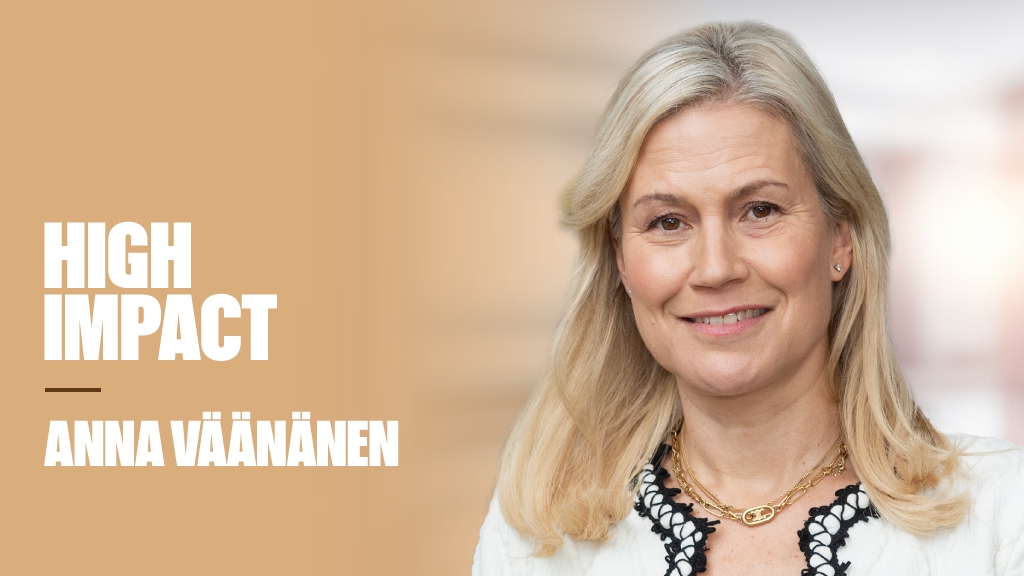Barrineau, who joined Schroders in May from American firm Ice Canyon, said there was “so much” treasury-related risk in emerging market debt now and that it was more important than ever to diversify across the asset class.
We are at the point now when implicit interest rate risk is almost as high as other fixed income asset classes. EMD trades at a very tight spread to treasuries and trades at a very high correlation to them.
“We have had a great 30-year treasuries rally. It has been virtually non-stop and has been aided in the past few years by the US Federal Reserve going to 0% interest rates. At some point that is going to end and mathematically we are close to that.”
The Schroders relative EMD head said it was impossible to know when interest rates might be turned around and when inflation might rise, but the further down the road in the treasury rally the more present that risk is.
It is for this reason Barrineau left Ice Canyon and joined Schroders, so he could launch a product that was benchmarked differently to the majority of other EMD funds out there.
Rather than use the default JP Morgan Emerging Market Bond Index Global (EMBI Global), Barrineau and his team use what he terms a “third, third, third” benchmark for the Schroder ISF Emerging Market Bond Fund.
It is made up of one third EMBI Global, one third the emerging corporate bond index and one third pure local currency debt.
Most EMD managers use the old approach and benchmark their funds with the JPM EMBI Global Index, but Barrineau argues the asset class has matured greatly since that became the standard style and different parts of the asset class outperform in different market cycles.
“Gradually the local currency market has developed and the corporate market has developed, grown and become more accessible,” he said.
But volatility and illiquidity issues remain in these parts of the asset class, so a blended approach to investing in them should help smooth performance.
Rather than decide asset allocation on a country-by-country basis, Barrineau places far more importance on sub-asset classes and investment grade vs. junk rated, as well as duration.
Meanwhile, in response to ‘the big switch’ from bonds to equities many have called in recent months, he said bonds still had some steam left to play out.
“The global liquidity environment is still very supportive for EMD but the types of returns we got in 2012 are unlikely to be repeated. If you add up potential returns of sovereign, local currency and corporate bonds they look something like 7% to 10%, which is about half of what we got in 2012.
“Put in a global fixed income context that still looks pretty attractive,” he concluded.










